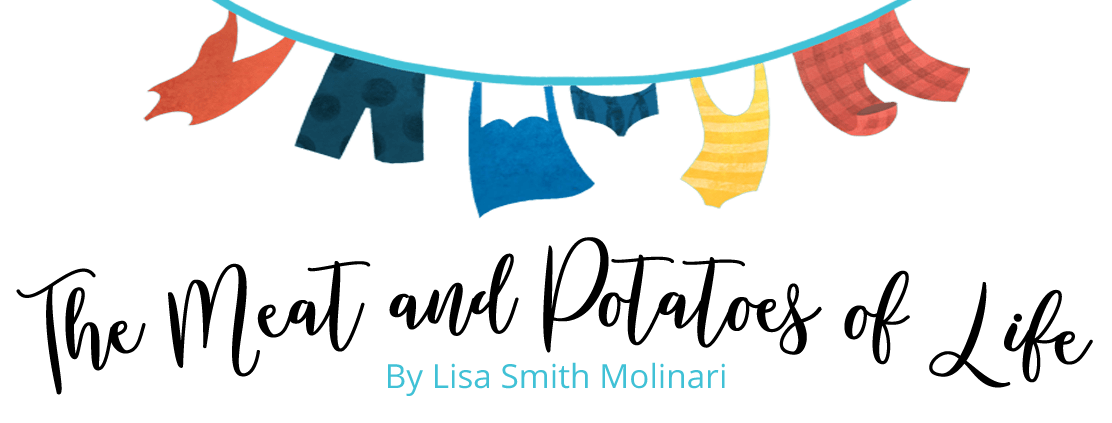
One evening in 1981 while I was at summer camp, I took a deep breath, and blew a little too hard on the bugle’s mouthpiece.
The counselor who played “Taps” each night to signal “lights out” to the campers had agreed to let me be the substitute bugler that evening. Using only one semester of French horn lessons, I blasted the first note, temporarily silencing the cacophony of crickets and frogs rising from the lake.
I relaxed my diaphragm to soften the sound and continued, measure by measure. Just before the high G, I squeezed my eyelids shut and thinned out my lips. Would I make the note?
Those whose loved ones died in war while serving in the US military know the sound of that high G all too well. In fact, they probably remember every one of the song’s 24 notes, because it is the somber bugle call played at all military funerals.
But many don’t realize that “Taps” didn’t start as a military burial tradition. The refrain we know today was created in 1862, on the back of an envelope at a weary Civil War encampment along the James River in Virginia.
After seven hard days of fighting, Union Army Brigadier General Daniel Butterfield decided he didn’t like the formal French bugle call (Napoleon’s favorite) known in Army manuals as “Extinguish Lights.” He felt the rat-a-tat tune needed to be more melodic, so after his aide translated Butterfield’s inspiration into notes scribbled on the back of an envelope, he enlisted the help of the brigade bugler Private Oliver Wilcox Norton to play it at camp that night and each night thereafter.
Nearby infantries heard the resulting melody, which some called “Butterfield’s Lullaby.” Soon, this new version of “Taps” spread throughout the Union Army, and eventually, to the Confederate soldiers as well. Shortly thereafter, commands began using the bugle call while burying fallen Civil War soldiers, instead of the traditional three volleys of rifle fire, because they worried that the sound of gunfire might be mistaken for an enemy attack.
In 1891, Army infantry regulations officially included “Taps” in military funeral ceremonies.
Another lesser-known fact is that “Taps” has lyrics. Although several authors have been attributed to the simple poetry, the true author of the words is officially unknown.
General Butterfield may not have envisioned that the bedtime melody he hummed to his aide along the James River on that steamy summer night in 1862 would be associated with the tragedy of death. However, the words that accompany “Taps” marry sleep with death in a beautiful metaphor that must offer some comfort to the grief-stricken families of fallen heroes.
Day is done, gone the sun, From the hills, from the lake, from the skies. All is well, safely rest, God is nigh. Go to sleep, peaceful sleep, May the soldier, or sailor, God keep. On the land, or the deep, Safe in sleep. Love, good night, Must thou go, When the day, and the night, need thee so? All is well. Speedeth all To their rest. Fades the light; and afar, Goeth day, and the stars, shineth bright. Fare thee well; day has gone, Night is on. Thanks and praise, for our days, 'Neath the sun, ÔÇÿneath the stars, 'neath the sky, As we go, this we know, God is nigh.
That night in 1981, after two flat misfires echoed from my bugle into the dusk, I finally made the high G note. As I finished the song, I felt as if I might cry. Unsure if it was selfish pride or something else, the melancholy tune tugged dolefully at my heart.
At age 15, I didn’t know that “Taps” had accompanied the burial of countless fallen American military heroes. But undeniably, the notes conveyed a sense of something simple, yet complex. Something ceasing, yet eternal. Something comforting, yet sorrowful.
The tragic yet peaceful call of “lights out.”









Thank you. I wasn’t familiar with the history though I know the significance. The song always sends shivers down my back. We sang it at Girl Scout camp when we retired the flag.